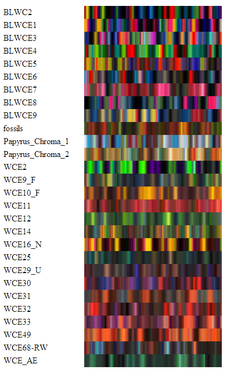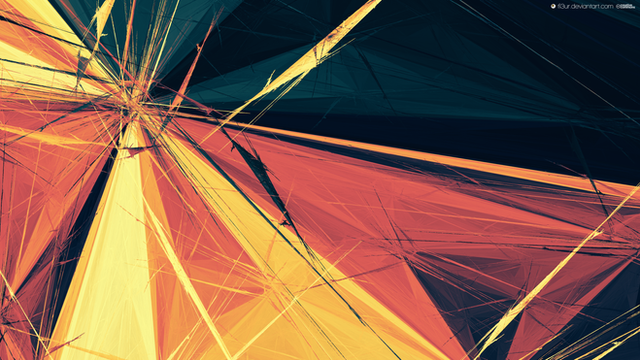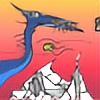HOME | DD
 IDeviant — The Sun remains the same
IDeviant — The Sun remains the same

Published: 2010-07-09 11:54:52 +0000 UTC; Views: 916; Favourites: 19; Downloads: 0
Redirect to original
Description
Applying DC to the stained glass framework. Full view required to fully appreciate the apparent layering or angling of the 'shards'.Related content
Comments: 11

excellent piece, Ian!!
& thanks to Suzanne for asking, & thanks to Ian for giving us an explanation of DC!!!
as she said, I can mostly see the difference, but did not understand it at all!!!
👍: 0 ⏩: 1

Please can you explain to me in layman's language what Direct Colouring does? I see shadows and relief. Is that it?
👍: 0 ⏩: 1

I shall do my best! It helps initially to understand how a normal flame fractal is coloured. Each variation used makes a contribution to the overall structure of the flame, and the colouring follows this structure. However, we can also consider each variation as posessing a coordinate system. Taking linear as the trivial example, the gradient in mapped by the coordinate system of the variation, and so appears in pure form as a series of vertical coloured stripes across the flame structure, just as the gradient appears on its tab. That would in itself be boring. Except we can blend the 2 colouring modes and so obtain effects never previously possible with flames. Strictly speaking, direct colouring isn't part of a true flame fractal, but I think we needn't worry too much about purism 
In summary, you could say that the (direct part of the) colouring is structure-independent.
👍: 0 ⏩: 1

That is very clear Ian. So "direct" means that the gradient is directly and independently used by the variation according to its structure... as you said. Then it is blended with the others.
I noticed the difference in your fractals although I couldn't put a finger on what. There appears to be shading and more relief I think.
Thank you very much. That has satisfied my curiosity and I'll keep this and perhaps pass it on.
Fractals still interest me although I really can't make them properly.
Have a hot weekend!
👍: 0 ⏩: 1
































